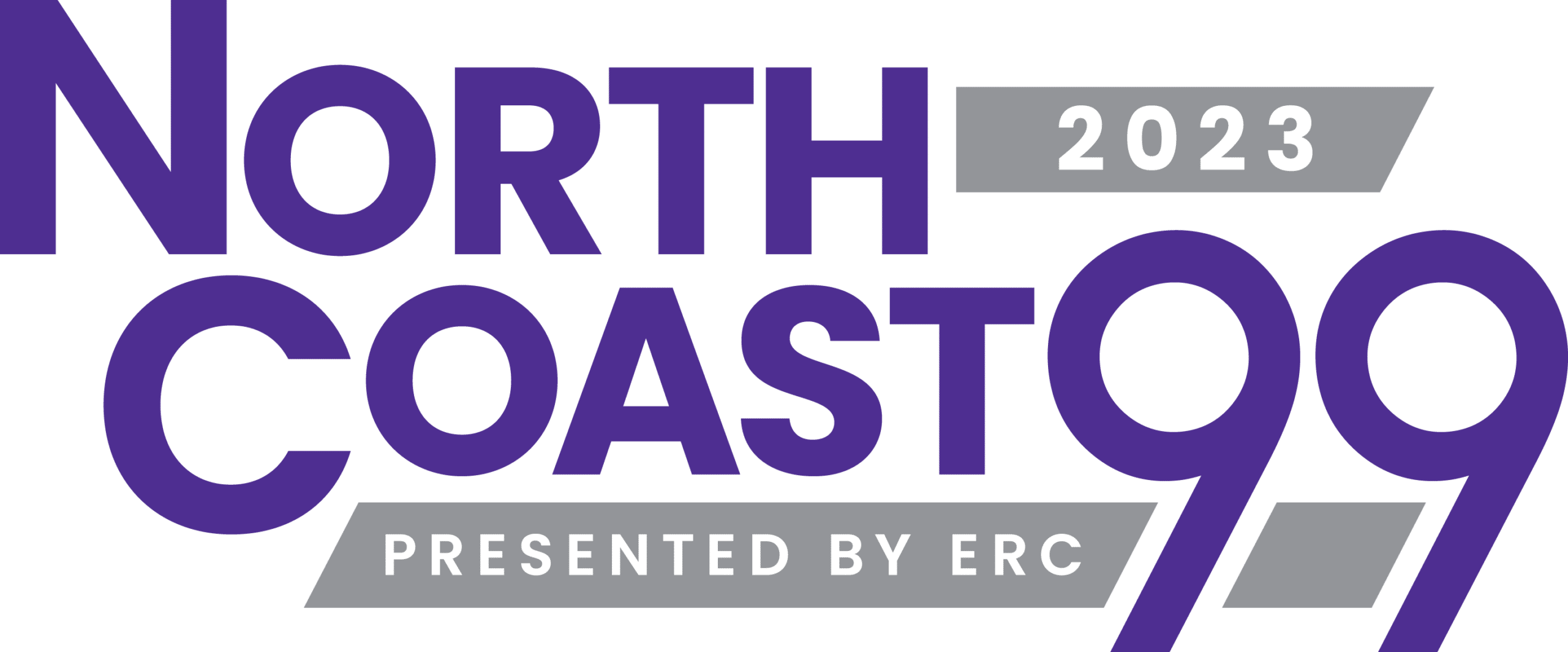The SECURE 2.0 Act, signed into law in late 2022, contains numerous provisions related to retirement accounts that impact both individuals and employers. While the law aims to encourage more workers to save for retirement, changes affecting 401(k)s, 403(b)s, IRAs and Roth accounts can lead to misunderstandings among some taxpayers and plan sponsors.
Some of SECURE 2.0’s requirements took effect in 2023, while others become effective this year and beyond, according to a Kiplinger report.
Key rule changes cover RMD age rules and penalties, increased 401(k) catch-up contributions, automatic enrollment, emergency withdrawals, 529 Plan Roth rollovers, student loan payment 401(k) matches and more. We review each below.
RMD Changes
SECURE 2.0 increased the required minimum distribution (RMD) age from 72 to 73 as of Jan. 1, 2023. The RMD age will eventually increase to 75 under the new law.
In addition, at the beginning of 2024, SECURE 2.0 eliminated RMDs for qualified employer Roth plan accounts. Prior to the new legislation, Roth 401(k) accounts were subject to RMDs.
401(k) Implications
Several of SECURE 2.0’s provisions impact 401(k) plans and take effect over the next few years. These provisions affect financial incentives to contribute to a retirement plan, hardship withdrawal rules, automatic enrollment, contribution limits and more.
For example, as of January 2023, SECURE 2.0 allows employers to provide financial incentives, such as gift cards, to help increase employee participation in workplace retirement plans.
In addition, beginning in 2024, employees can take an early emergency distribution of up to $1,000 from their retirement accounts to cover unexpected, immediate financial needs. Emergency distributions may be taken once per year and are not subject to the 10% tax that typically applies to early distributions, but they must be paid within a certain timeframe; otherwise, employees will be barred from taking another emergency distribution for three years.
In 2025, SECURE 2.0 will allow employers to automatically enroll eligible participants in 401(k) and 403(b) plans. Employees can later opt out of participation.
Other provisions taking effect in 2025 increase the limits on catch-up contributions to retirement plans to $10,000 or 50% more than the regular catch-up amount for those who are 60, 61, 62, or 63 years old, whichever amount is greater.
Similarly, in 2026, SECURE 2.0 will allow those 50 and older who earned $145,000 or more in the previous year to make catch-up contributions to their employer-sponsored 401(k) accounts on a Roth basis, using after-tax funds. While tax deductions would not apply to catch-up contributions as they would to regular 401(k) contributions, individuals could withdraw the money tax-free upon retirement.
Student Loan Match Requirements
When it comes to matching funds for student loan payments, a SECURE 2.0 provision effective in 2024 allows employers to make a matching contribution to employees’ retirement plan accounts based on their student loan payment amounts.
529 Plan Rollovers
SECURE 2.0 updated 529 plan rules in 2024 so that, in limited circumstances, certain individuals can rollover a 529 plan that they have held for a minimum of 15 years to a Roth IRA, given that annual limits for the rollover are within the annual contribution limit. There is a $35,000 lifetime limit on funds that can be rolled over.
Additional Considerations
The changes don’t stop there—SECURE 2.0 makes additional changes to retirement plans that impact individuals and businesses, including changes to the Saver’s Credit, plans for part-time employees and more.
In 2027, the nonrefundable Saver’s Credit for some IRA and retirement plan contributions will be replaced with a federal matching contribution. This “Saver’s Match” will be 50% of IRA or retirement plan contributions with a limit of $2,000 per person.
Additional provisions will impact part-time worker access to employer-sponsored retirement plans, small business tax credits, contributions to SIMPLE, SEP plans, stock ownership and savings bonds.
Contact our Retirement Planning team for more information or with questions about your own retirement plan.
Related Insights
Featured Post

Featured Client Testimonials
BW is a true partner to us. Their knowledge, expertise, and service are a valuable resource to us and play an important role in our success!
John Allen - Vice President of Finance, Kaufman Container
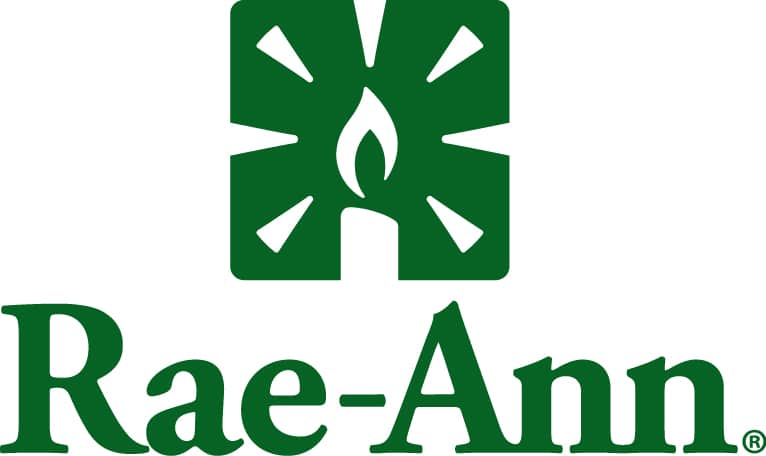
Featured Client Testimonials
I appreciate the exceptional tax advice we received over the years. The (BW team) has a good grasp of our business needs. Thank you for your excellent service.
John Griffiths - Owner, Rae Ann, Inc.

Featured Client Testimonials
The BW team has been fantastic to work with; both the team member at our office as well as at the partner level. Any issues or concerns are handled very efficiently and effectively.
Kelley Needham - Chief Executive Officer, Epilepsy Association
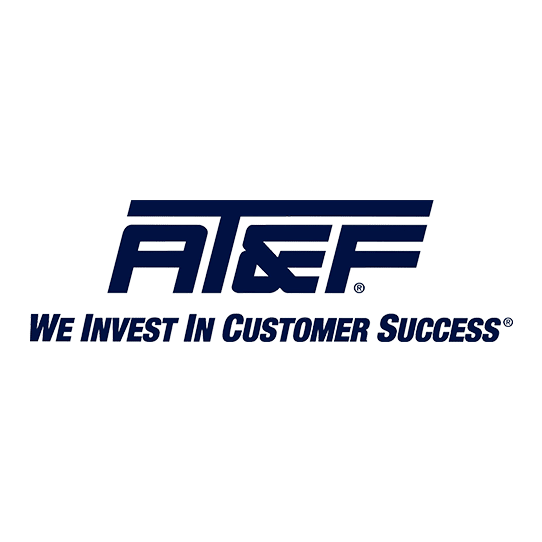
Featured Client Testimonials
Barnes Wendling has been our company accountants for over seven years. Their knowledge has been instrumental in helping us grow strategically during this time. And although we’ve seen many changes in our economy that we cannot control, we’ve always been able to trust the Barnes team to be by our side. The Barnes team feels like family. We can’t thank them enough for their support!
Christine Kloss - Controller, AT&F
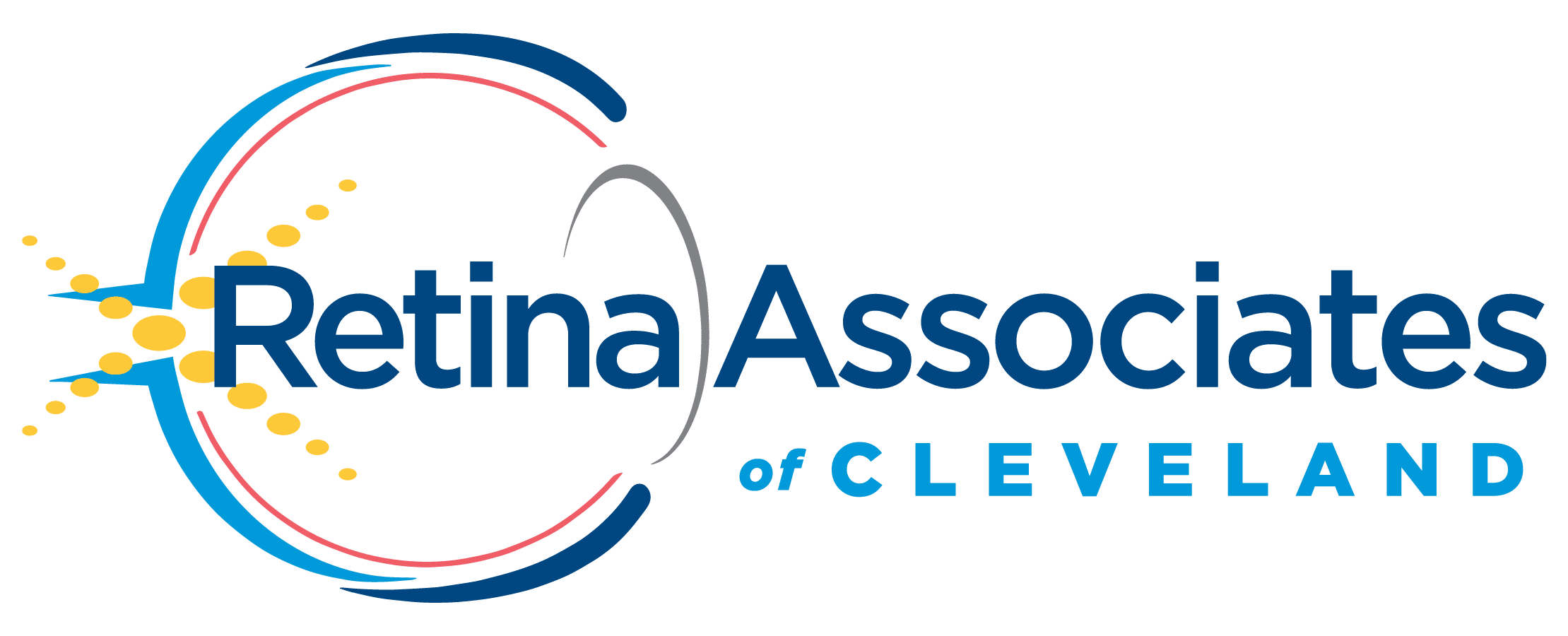
Featured Client Testimonials
Barnes Wendling has been our company accountants for over 15 years. During this time, the business has grown exceptionally, and Barnes has kept pace, providing accurate, quality advice. Our finances are more efficient than ever, and the expense of hiring Barnes has been a definite positive add to our bottom line. I give my highest recommendation to their firm.
David Miller, MD - President, Retina Associates of Cleveland

Featured Client Testimonials
Barnes Wendling has provided us guidance and recommendations that have strategically helped strengthen our business and position ourselves for growth. We needed to hire a new VP of Finance and Controller this past year, and they were instrumental in helping us find the best candidates for our company.
Sara Blankenship - President, Kaufman Container

Featured Client Testimonials
We value the trust, accuracy of information, and reliability of Barnes Wendling and Mike Essenmacher personally. Mike has been instrumental as a trusted advisor on accounting, tax, and personnel issues. His advice is always accurate, and he is very reliable. His associates are also very talented.
Dominic Ozanne - President and CEO, Ozanne Construction Company

Featured Client Testimonials
We value Barnes Wendling’s expertise with all things accounting so we can operate our business using our strengths and allowing them to be our experts. They have also brought me a few business sale opportunities to allow me to grow my assets.
John Gaydosh - President and Metallurgical Engineer, Ohio Metallurgical Service
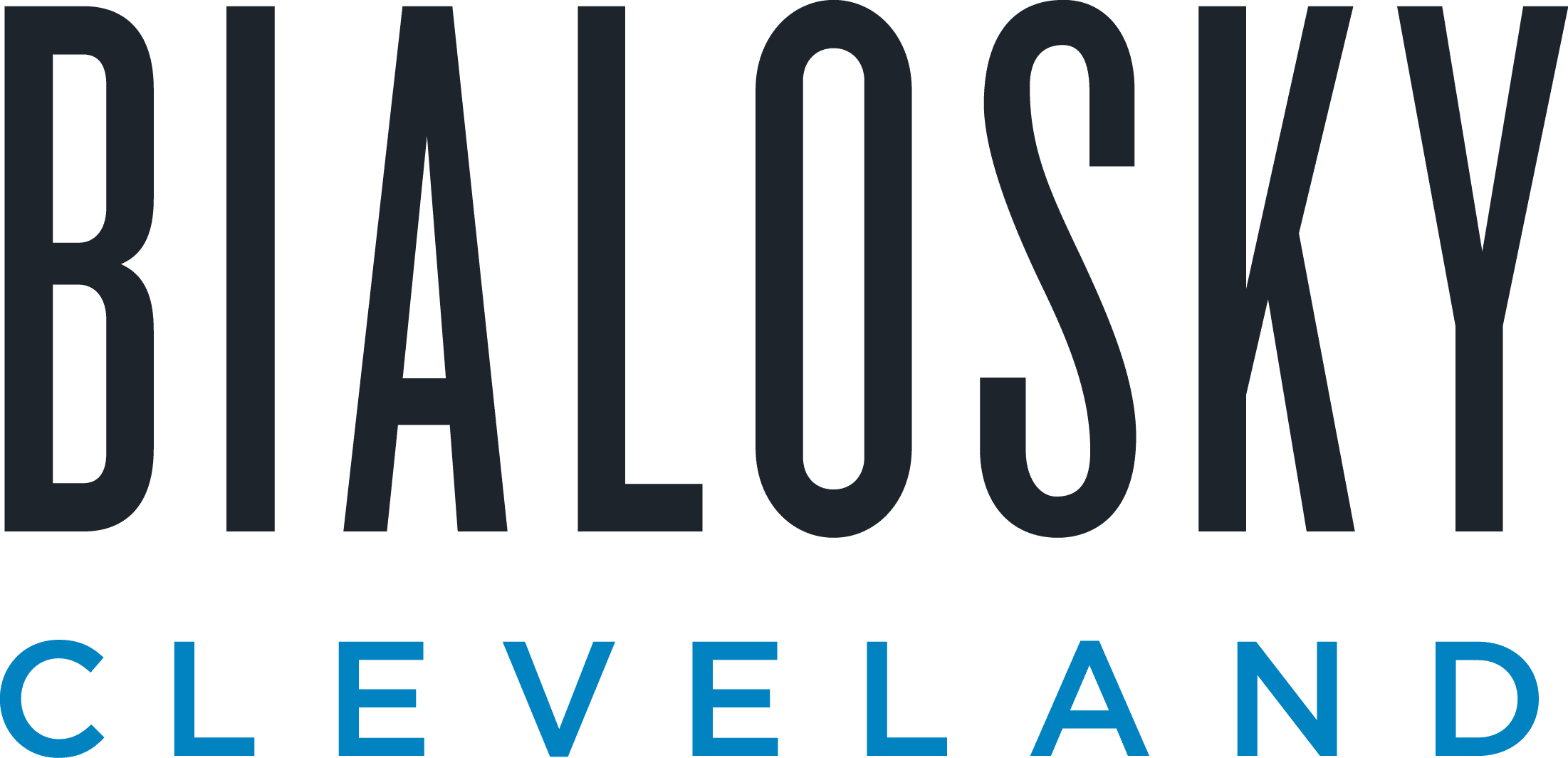
Featured Client Testimonials
Barnes Wendling (especially Lena) did a great job with our financials. Everything. It is extremely refreshing and comforting to know that all of our numbers are not only correct, but they are in the right place(s). Your diligence and reporting truly does make me (personally) feel better.
Thomas Adomaitis - Controller, Bialosky Cleveland

Featured Client Testimonials
I can wholeheartedly tell you that I have yet to work with an audit or tax team that have been more helpful, easy to work with, and committed than the team at Barnes Wendling- I have been through three different firms in the last few years.
Michelle Saylor, Former Controller, Aero Mag
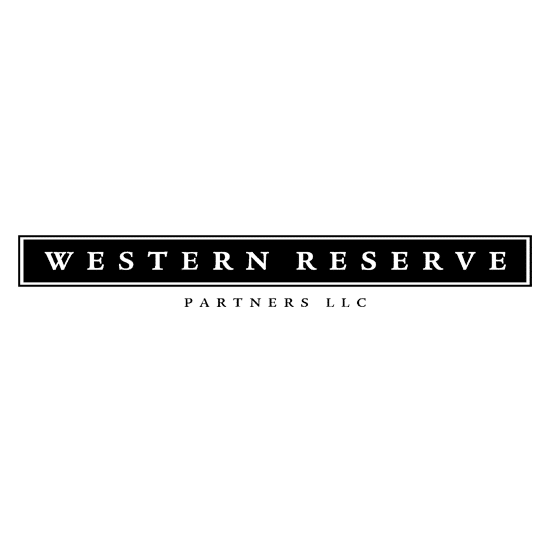
Featured Client Testimonials
Floyd Trouten at Barnes Wendling CPAs is an “expert’s expert” when it comes to M & A accounting. Not only does he understand the evolving details of the Tax Code but he also sees the fine points of their application for owners, managers, investors, and financiers.
Mark A. Filippell, Western Reserve Partners

Featured Client Testimonials
The service is amazing at Barnes Wendling CPAs. The benefit is worth more than the cost. Sometimes it’s true that you get what you pay for.
Mark Boucher - Former Owner, Castle Heating & Air





